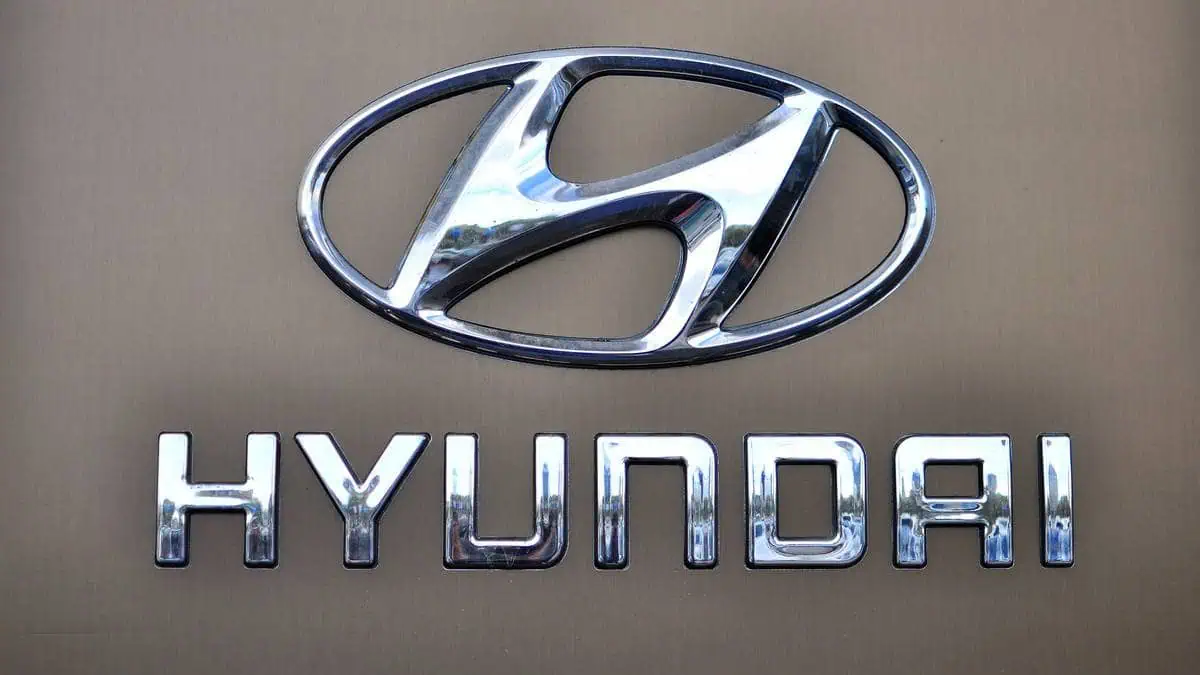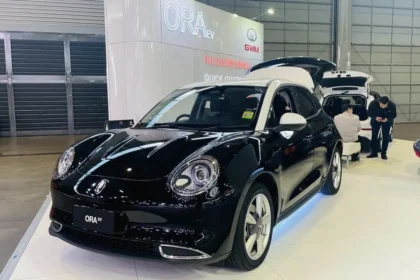Hyundai Motor Group announced on April 20 that it has started developing an autonomous lunar exploration rover with Korean aerospace partners as it aims to expand in the growing space industry.
The company aims to complete a launch-capable model integrated with Kia and Hyundai technologies by 2027. However, the first step is to deliver an initial development model.
How did the innovation start?
Hyundai Motor Group inked a joint multilateral deal with six Korean institutes in the aerospace industry. They have joined together to form a consultative entity to develop an autonomous, solar-powered mobility vehicle to aid lunar exploration.
The newly established consultative entity includes the following Korean institutes:
- Korea Astronomy and Space Science Institute (KASI)
- Electronics and Telecommunication Research Institute (ETRI)
- Korea Institute of Civil Engineering and Building Technology (KICT)
- Korea Aerospace Research Institute (KARI)
- Korea Atomic Energy Research Institute (KAERI)
- Korea Automotive Technology Institute (KATECH)
In essence, the goal of Hyundai Motor Group is to first construct a “mobility development model” for lunar exploration by fusing its robotics and autonomous technologies with the body of knowledge in aerospace.
Hyundai Motor Company to begin moon rover testing in 2024
As mentioned, Hyundai Motor Group will produce an initial development model that will undergo testing in 2024. After certain tests, the Group will proceed to develop the final model that may explore the moon in the future.
The company asserted that the moon rover would feature combined technologies from Hyundai and Kia Co subsidiaries, such as the following:
- cameras and LiDAR for autonomous features
- solar panels and batteries for charging
- electric motors for the drive system
Notably, the robot manufacturing technology necessary for building a multipurpose mobility platform will be developed by the Group’s heavy industry unit Hyundai Rotem.
It is also interesting to note that these components can support scientific payloads and components up to 70kg (154 pounds).
“Hyundai Motor Group has consistently stated its goal is to contribute to expanding human reach and the scope of human mobility experiences. The creation of the lunar exploration mobility development model not only reflects this goal, but also shows our ambition to achieve tangible results in the face of significant challenges. With the rover’s development, we are moving beyond land, sea and air mobility to expand into space mobility.”
Yong Wha Kim, Hyundai Motor and Kia’s executive VP and head of R&D planning and coordination center of
The Group says it will carry out mission-based performance testing with the development mentioned above model in a setting that closely resembles the lunar surface before Hyundai’s rover is actually deployed to the moon. It targets to launch the launch-capable model by 2027.






